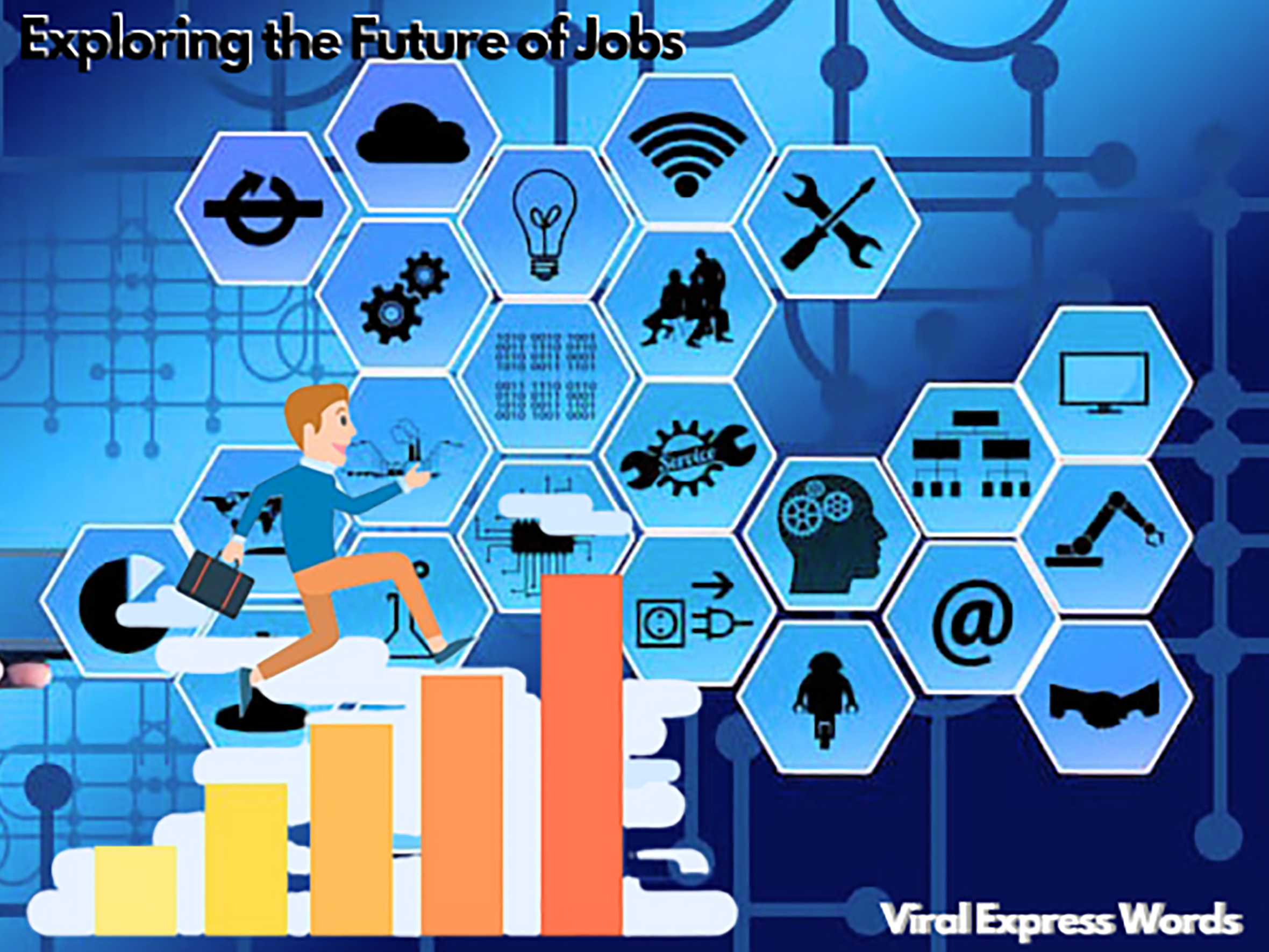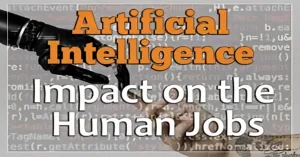![]()
Exploring the Future of Jobs: Unraveling the Impact of How AI Integration Shapes Tomorrow’s Job Market
Introduction:
Future of Jobs
Greetings and welcome to “Exploring the Future” of Jobs Assessing What’s in Store Possibilities of Vocations: Isolating the Effect of Recreated Knowledge’s Joining Shapes “The Forthcoming Position Market,” where we examine the growing effects on the impending position scene of the consolidation of fake mindfulness and mimicked insight. Join us as we unravel the implications of artificial intelligence on expectations, career transitions, and duty assignments, providing a quick peek into the evolving concept of work in the advanced era.
Understanding Future of Jobs Applications:
A job request serves as a gateway to business opportunities and opens doors, encapsulating essential details about a candidate’s qualifications, background, and desires. Today’s technologically savvy era has seen an increase in job requests beyond traditional paper processes, using online platforms and automated systems to streamline the hiring process.
Reasons for Leaving and Career Changes:
Within the realm of job applications, the “reason for leaving” section often prompts candidates to elucidate their motives for transitioning from previous roles. Whether seeking career advancement, taking on new challenges, or adapting to changing circumstances, expressing the reasons for departing may provide managers with valuable insights. Additionally, when individuals consider changing careers, artificial intelligence-driven job search stages provide personalized recommendations and information tailored to their interests and skills, facilitating smooth transitions across careers and endeavors.
Exploring the Future of Jobs: These phases play a crucial part in guiding individuals toward fulfilling careers and creating opportunities in a steadily expanding job market.
Embracing Part-Time Opportunities:
People seeking flexibility, more income, or a decent living have come to realize that part-time employment is an acceptable option. Through the use of artificial intelligence, stages choose temporary job openings based on criteria such as location, plan preferences, and expertise alignment. This allows individuals to identify possible opportunities that align with their needs and preferences. Furthermore, AI-driven scheduling algorithms optimize workforce management for employers, ensuring efficient allocation of resources while accommodating employee preferences.
Decoding Job Descriptions:
Investigating the Future of Employment: A list of duties serves as a blueprint for potential rivals, outlining the responsibilities, duties, and skills required for a certain role. Associations may use artificial intelligence to mine massive databases and create comprehensive sets of expectations that are tailored to certain industries and vocations. Artificial intelligence simplified sets of duties boost perceivability on internet-based work submissions by combining catchphrases relevant to gig jobs and industry trends. This attracts competent candidates and aids in the hiring cycle. Examining the future of careers and jobs, these artificial intelligence-driven methods change how organizations attract talent, ensuring alignment between rival skills and formal needs in a constantly evolving workplace.
Illustrative Examples:
1. Consider the following example of a job description for a software engineer position
2.Senior Software Engineer
3.Location: Remote
4.Company: Innovative Tech Solutions
Job Description:
1. Using cutting edge innovations, configure, construct, and maintain flexible programming setups.
2. Work together with cross-functional teams to translate business requirements into specific information.
3. Conduct direct code audits, execution improvements, and research to ensure robustness and consistent quality.
4. Stay abreast of industry trends and new developments to spur ongoing progress and growth.
Requirements:
1. A four-year degree in software engineering or a similar discipline
2. proficiency in Python, C++, or Java.
3. Familiarity with different phases of distributed computing (like AWS and Sky Blue).
4. Strong analytical skills and kind nurturing
You also Like this post’s.
Conclusion:
1. What exactly is an employment request?
An employment form is a paper document or an electronic format that individuals submit to employers in order to get job opportunities. Individual data, a basis for instruction, work insight, and references are often included.
2.Why is the reason for leaving important in a job application?
The reason for leaving provides insight into an applicant’s career trajectory, motivations, and professional goals. Employers use this information to assess compatibility with the company culture and understand factors influencing job transitions.
3.How can AI aid in career changes?
AI-powered job search platforms analyze individual skills, preferences, and market trends to recommend suitable career paths and job opportunities. These platforms streamline the job search process and provide personalized insights for individuals transitioning between roles or industries.
4. What are seasonal jobs and how do they relate to artificial intelligence?
Temporary jobs provide flexibility, extra income, and less hours worked than full-time jobs. Stages powered by artificial intelligence connect individuals with part-time openings according on their preferences, skills, and availability, simplifying the workforce for employers.
5. What information should be kept in mind for a particular collection of tasks?
A comprehensive anticipated list of duties delineates the roles, responsibilities, skills, and presumptions associated with a certain role. It may also include information about the company, benefits, compensation, and incredible opportunities for career advancement.
6.Can you provide an example of a job description?
Certainly! Here’s an example of a job description for a Senior Software Engineer position: [Include the example provided in the blog post]
























Add Comment